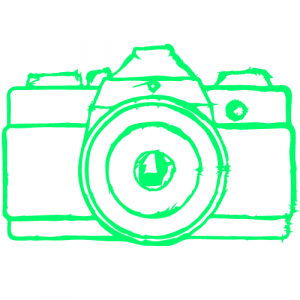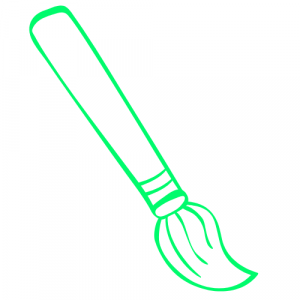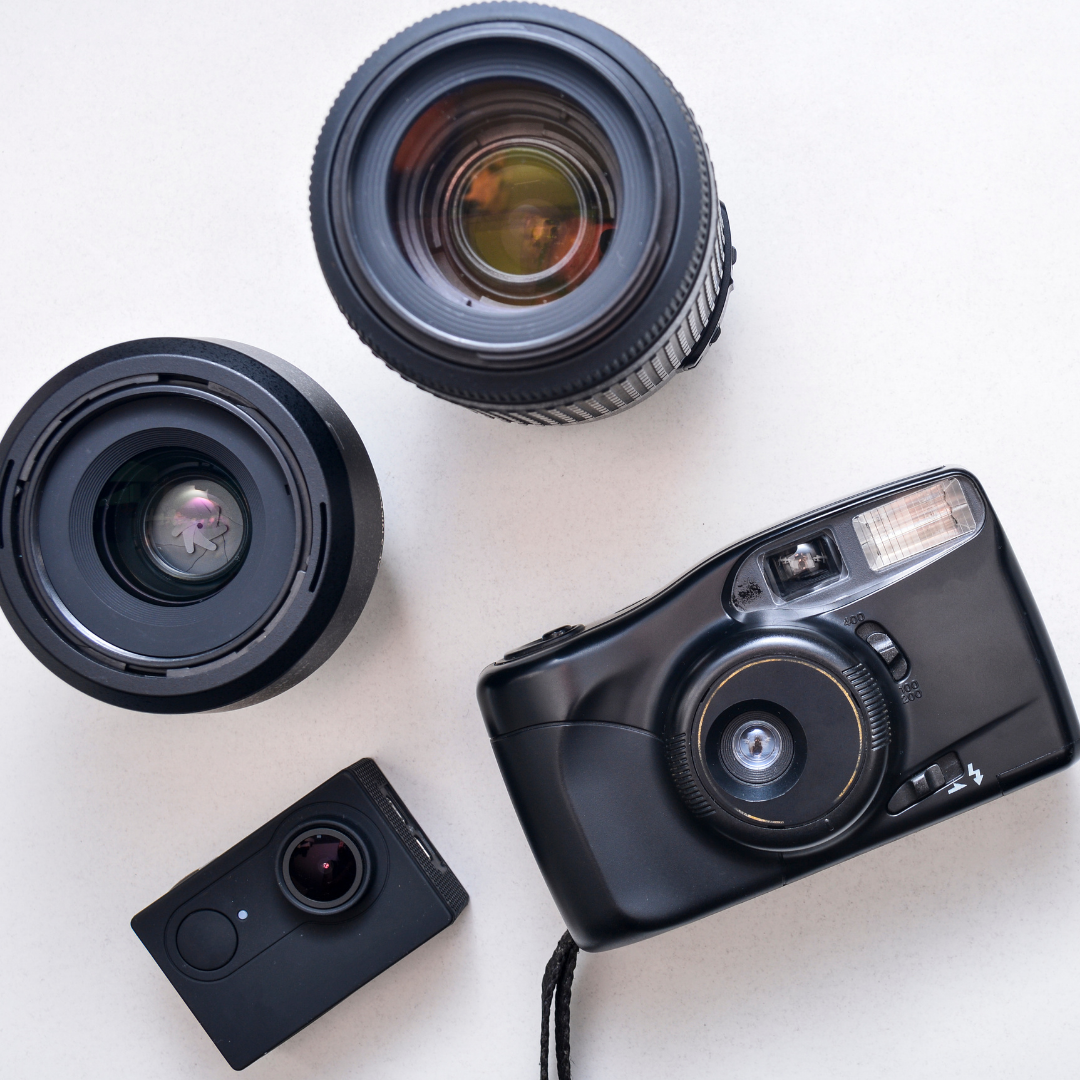When you own a camera, it’s normal to add a few accessories to help you take and share photos of your life. You can go crazy and buy tons of expensive lenses and filters, or you can go with a more affordable approach.
In addition, you may need a backpack that is designed to provide many organizational options for carrying and taking these photography accessories during your various photography expeditions. As a result, you may be able to carry a large number of photography accessories with you easily.
Here are 10 accessories that every photographer should have.
- A Memory-Card Wallets
There’s a wide variety of memory card wallets for photographers out there, but there are only a few that really stand out. The best ones are small, inconspicuous, and can hold multiple cards while being lightweight and durable enough to survive being tossed in a backpack.
- An External Hard/Solid State Drive
Whether you’re a professional or just beginning, we all have to store pictures and videos somewhere. The problem is that we can’t always lug around the entire photo or video library. External hard drives are one of the best ways to solve this problem. Not only do they store hundreds or even thousands of photos and videos, but they also transfer data quickly and easily.
- A Collapsible Reflector
A reflector is great for many photography shoots. However, if it’s a standard reflector, you can’t really fold it up and put it in a pocket.
- A Memory Card Reader
With the rise of digital cameras and smartphones, camera accessories have been receiving much more focus in the past few years. While technology has changed, one thing hasn’t really changed: the need for a good card reader. While most point and shoot models come with built-in memory card slots, most DSLR and compact camera models come without one. However, there are a number of card readers on the market, as well as USB thumb drives that can read SD and CF cards.
- A Filters
Filters are a fairly simple and generally inexpensive way to improve your photographs. They come in a variety of forms, sizes, and qualities, but the most important thing to consider is the intent of the filter. For example, “Bokeh” (as it is often called) is the sweet spot in a lens that renders the subject in a way that gives the image a “blur” with a soft background. The effect is a popular choice for portraits and candid shots, but it is not recommended for every shot.
- A Tripod
Tripods are the essential piece of equipment for a photographer. They help you to get the perfect angle; they help you to keep all your gear steady, they help you create stunning images
- A Camera Bag
If you are a photographer, chances are you always have your camera with you. You may even be carrying your camera bag, which is a small, lightweight case that will hold your camera, lens, spare batteries, and any other bits of equipment you want to take with you.
- A Cleaning Kits
A variety of cleaning kits are available to help you keep your gear in top condition, but they can be a bit expensive. No matter what kit you choose, the three most important pieces are a cleaning brush, a spray bottle, and some microfiber cloths.
- A Replacement Camera Straps
There are many different types of camera straps to choose from, and each of them serves a different purpose. If you want to use your camera for a long time, use a Polar strap – if you want to carry your camera around for quick snapshots, use a neck strap. But what about when you’re at a concert, zoo or sporting event, etc.? If you’re going to leave your camera at home, you might want to consider a wrist strap or perhaps a neck strap.
- A White-Balancing Tools
Photo editing software has gone through many permutations to improve the quality of photos. But what if you want to make photos look more like how they were originally intended to look? Is there any other way of doing so? Well, there is. If you want to make your photos look like they were taken under standard daylight conditions, you can use a tool called White Balance. The tool takes the color temperature of your photos and works out the color temperature of the light in your photos.



